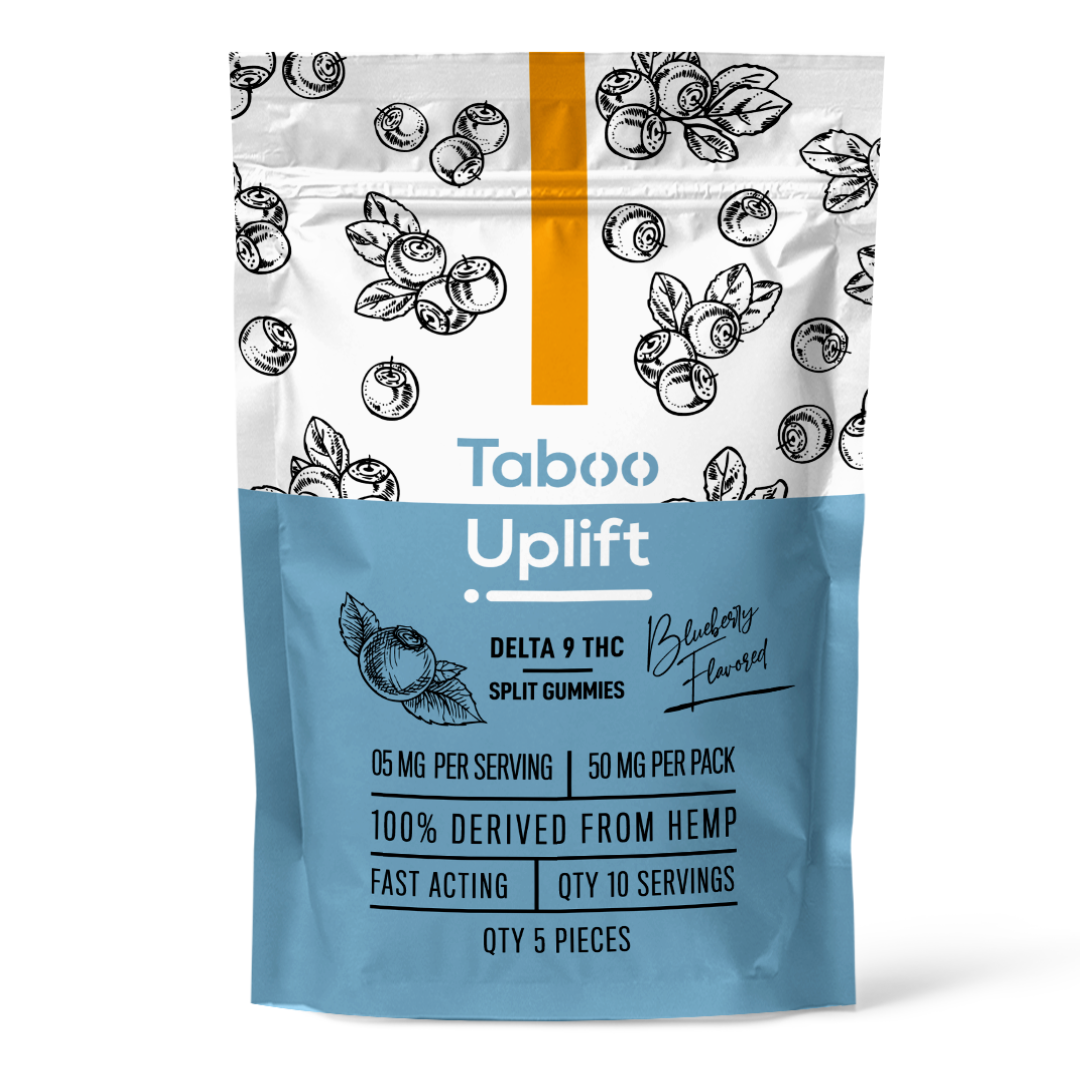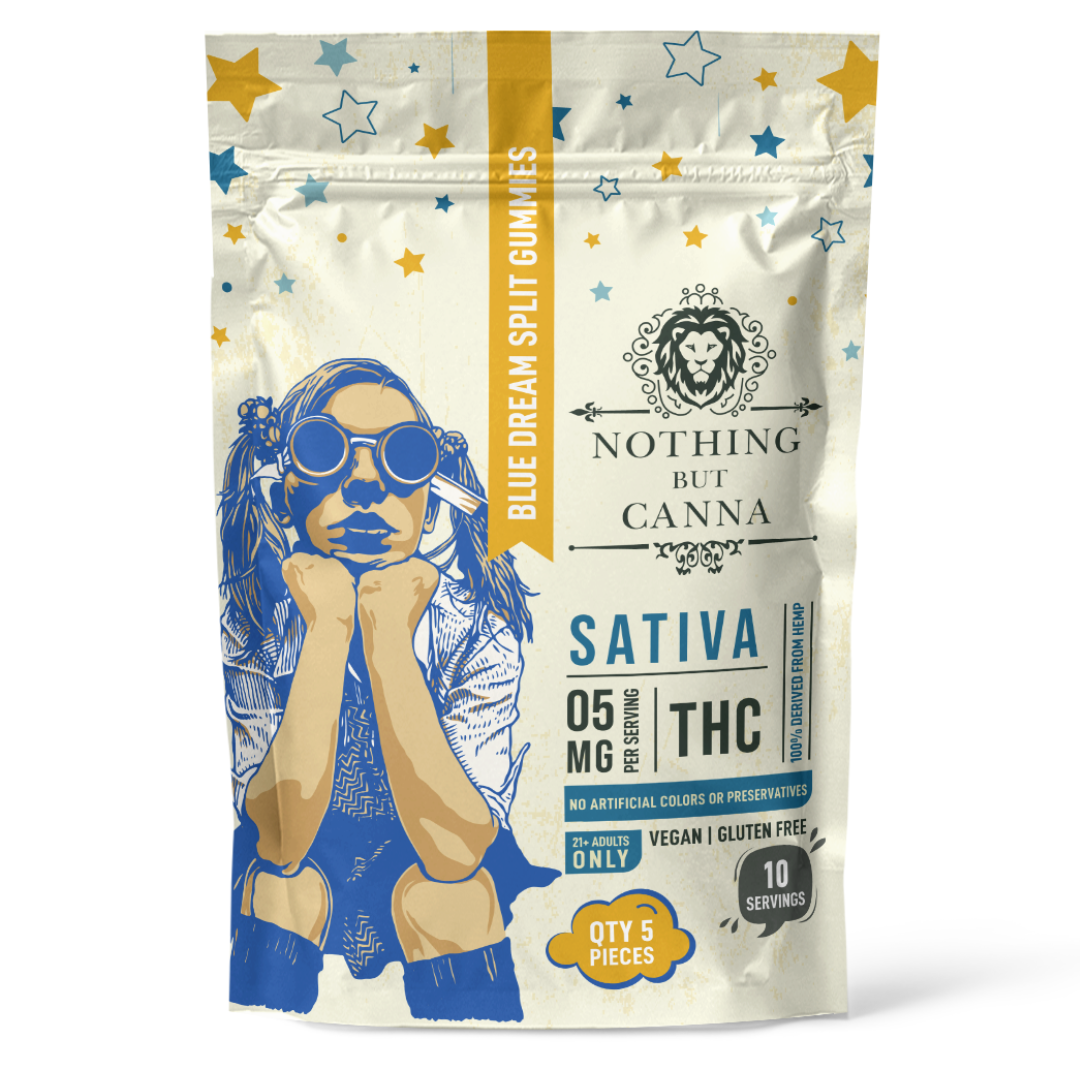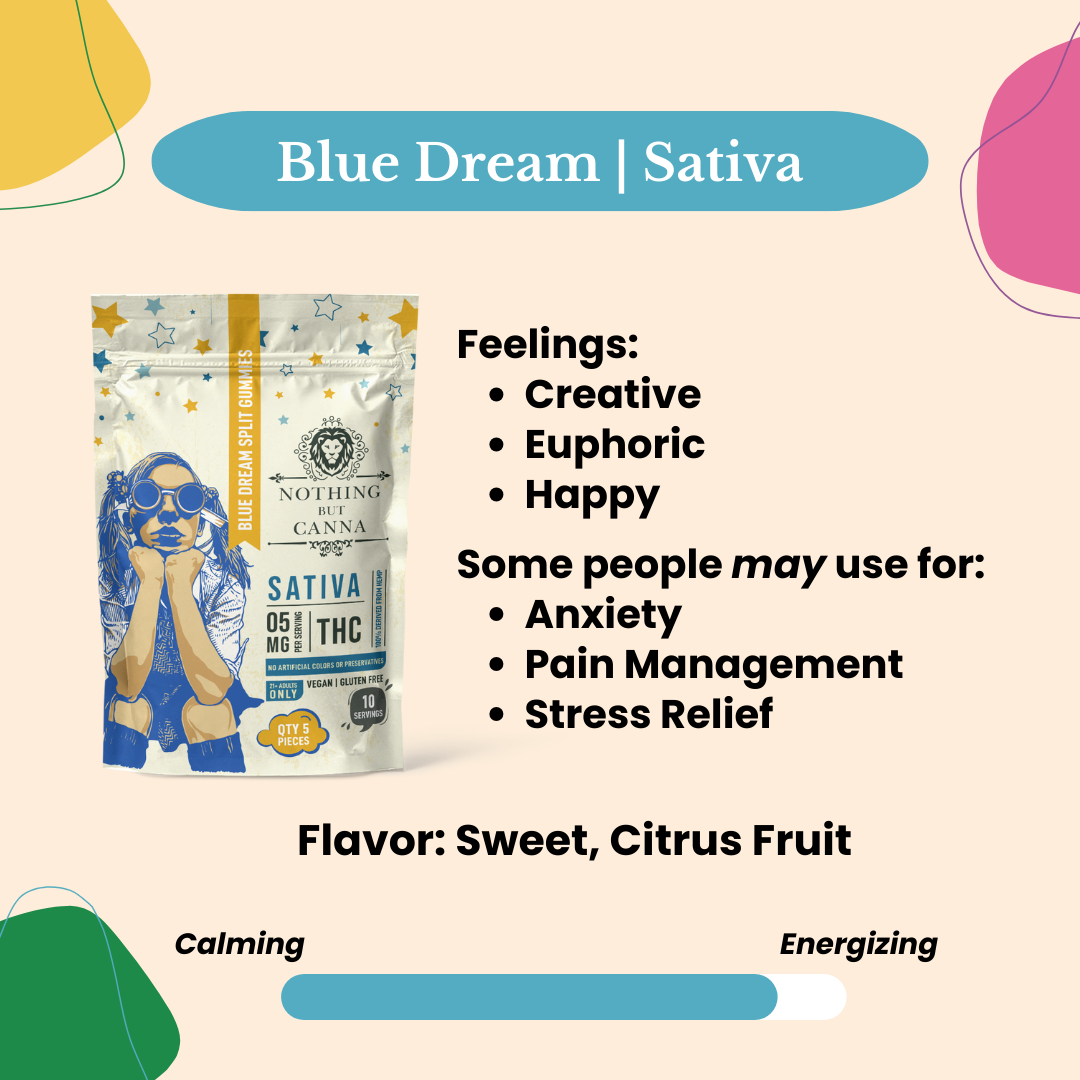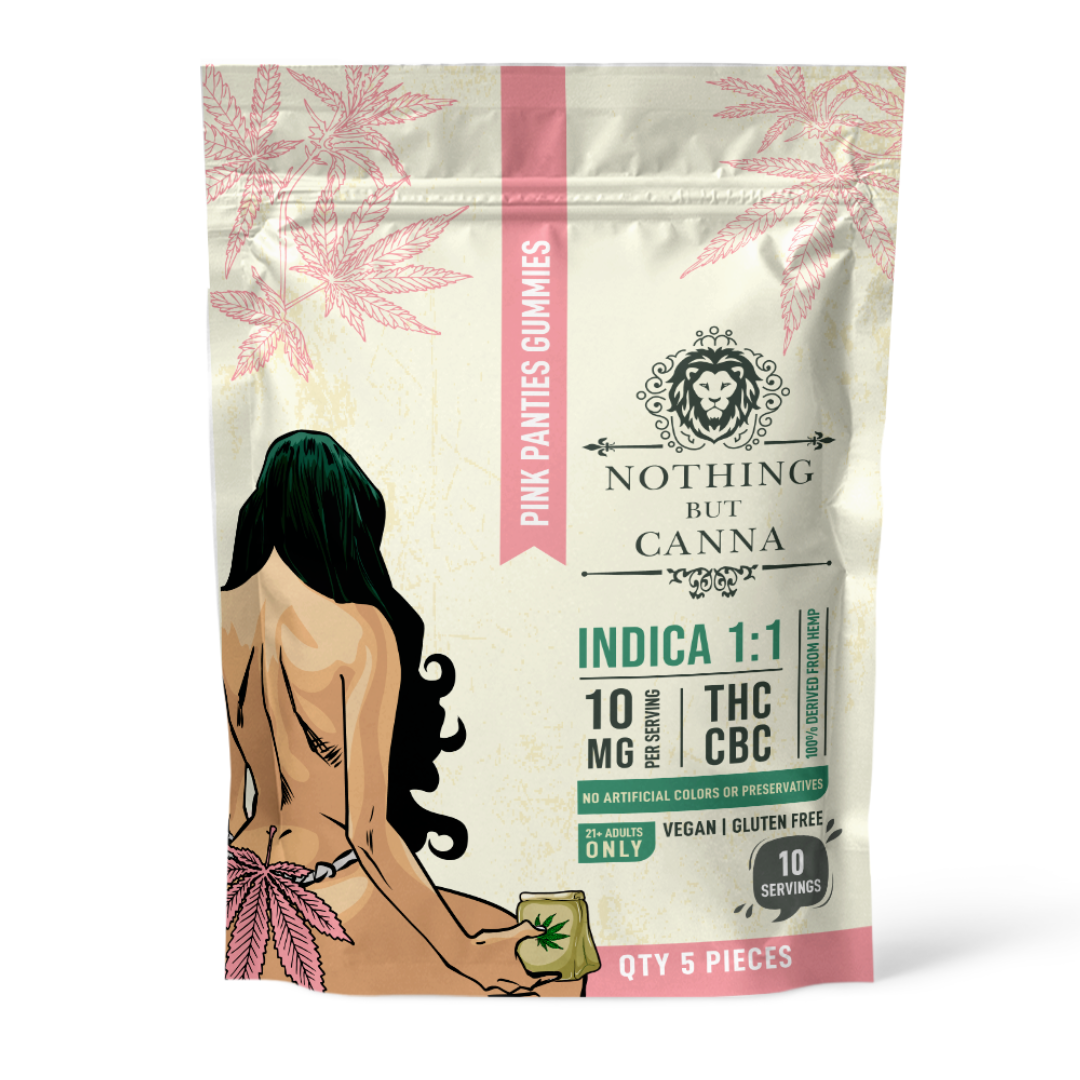
Cycling has long been considered a green alternative to automotive transport. But bike helmets? They’re pretty much plastic and polystyrene sandwiches that, according to manufacturers’ recommendations, are supposed to be tossed and replaced every three years.
Call it a necessary trade off, but the image of a mountain of used plastic helmets in a landfill doesn't exactly fit with the larger mission.
A Dutch design studio saw this problem as an opportunity for an upgrade, and has designed a helmet made from a polystyrene alternative that can be made without fossils fuels and composted after use, reports the design and architecture magazine Dezeen.
Through trial and experimentation, Studio MOM developed a shock-absorbing helmet made of mycelium, the root-like threads of a fungus, fed with hemp flakes. The name, MyHelmet, alludes to the helmet's mycelium base.
“Through trial and experimentation, Studio MOM developed a shock-absorbing helmet made of mycelium, the root-like threads of a fungus, fed with hemp flakes.”
They started with the basics, testing different combinations of materials until finding one that provided strength and airflow.
They also discovered that by briefly heating the mycelium, they could stop its growth and produce a material similar to expanded polystyrene, the plastic “foam” in conventional bike helmets.
StudioMOM explains, “In the design of the bicycle helmet, we made use of the growing power and network structure of mycelium. The different layers in the design not only create extra cross connections in the material, they also make space for the necessary airflow for cooling the head.”
“In the design of the bicycle helmet, we made use of the growing power and network structure of mycelium. The different layers in the design not only create extra cross connections in the material, they also make space for the necessary airflow for cooling the head.”
— StudioMOM
The strap and outer shell of the helmet are made of a hemp textile. And instead of glue, the mycelium grows directly on the hemp.
“We let the different parts grow together firmly,” StudioMOM writes. “The strap is fixed during the growth process and connects to the other parts at the correct position.”
The design isn’t ready for large-scale production yet, according to the studio, but, “the proof of concept works and can now be developed further.”
It's not the studio's only contribution to making cycling even more eco-friendly. Last year, StudioMOM designed a hydrogen-powered cargo bike for the green energy company LAVO. The cycle can be assembled like Lego blocks and is powered by LAVO’s hydrogen fuel cells, which produce power from solar energy and water.
“This first hydrogen bike in the world makes transport over very long distances possible,” StudioMOM wrote. “Without heavy batteries, particulates or CO₂ emissions. In this way, the LAVO bike brings us one step closer to an emission-free society.”
As for hemp, its high carbon-capture profile and the strength of its fiber have made it a darling in the world of eco-friendly construction. And it's contributing to a cleaner future in other ways, from healing contaminated soil to acting as a biodegradable erosion control for roadwork projects.






































